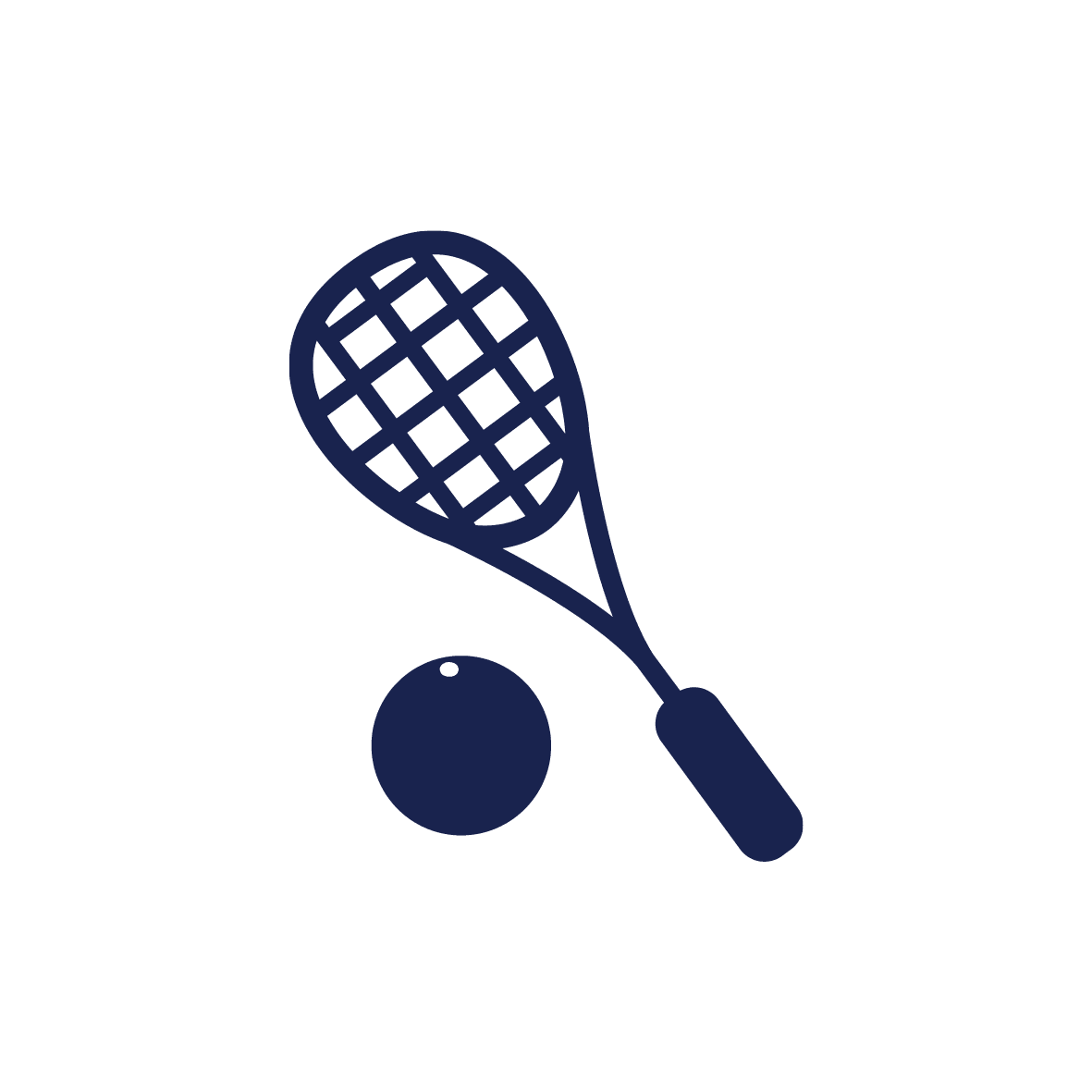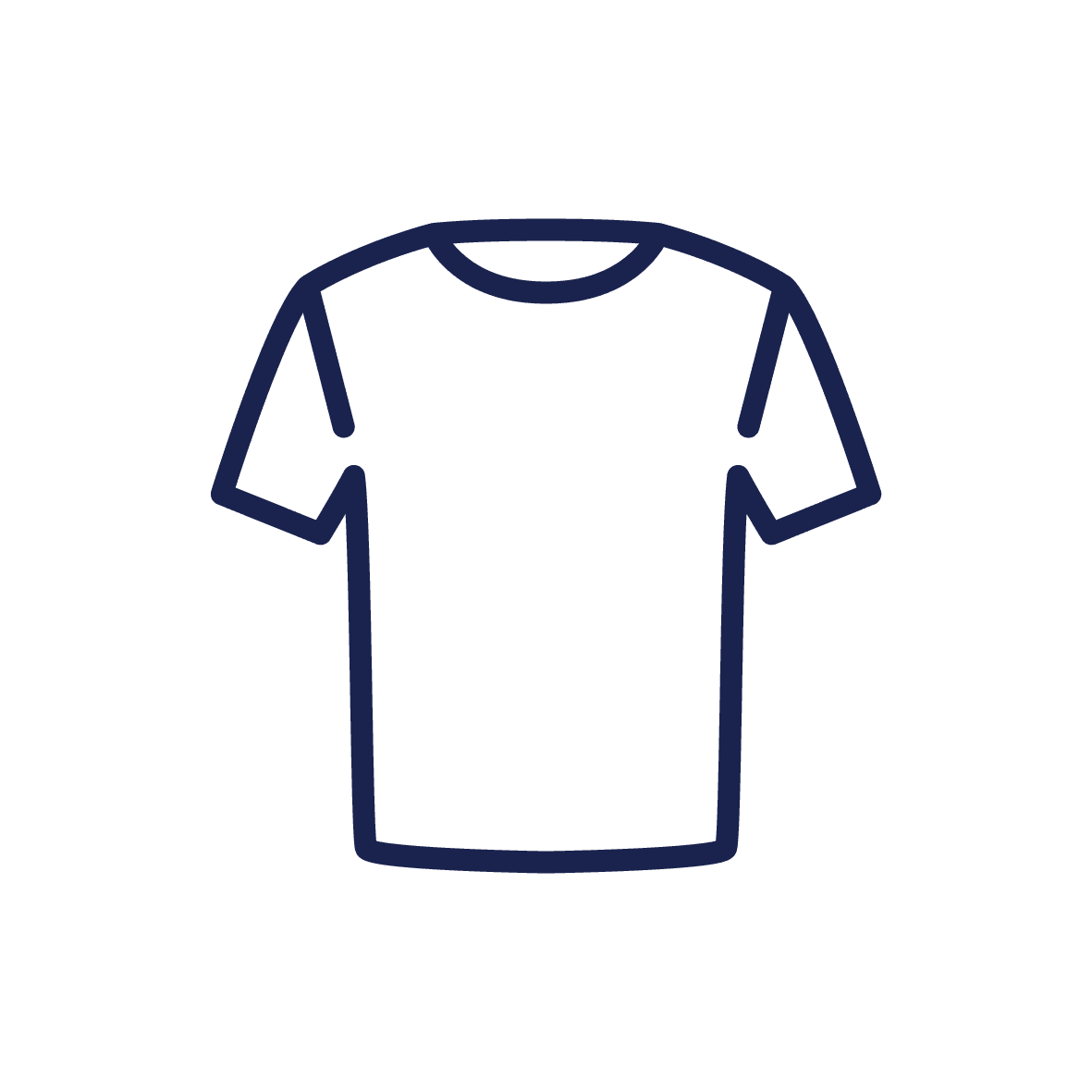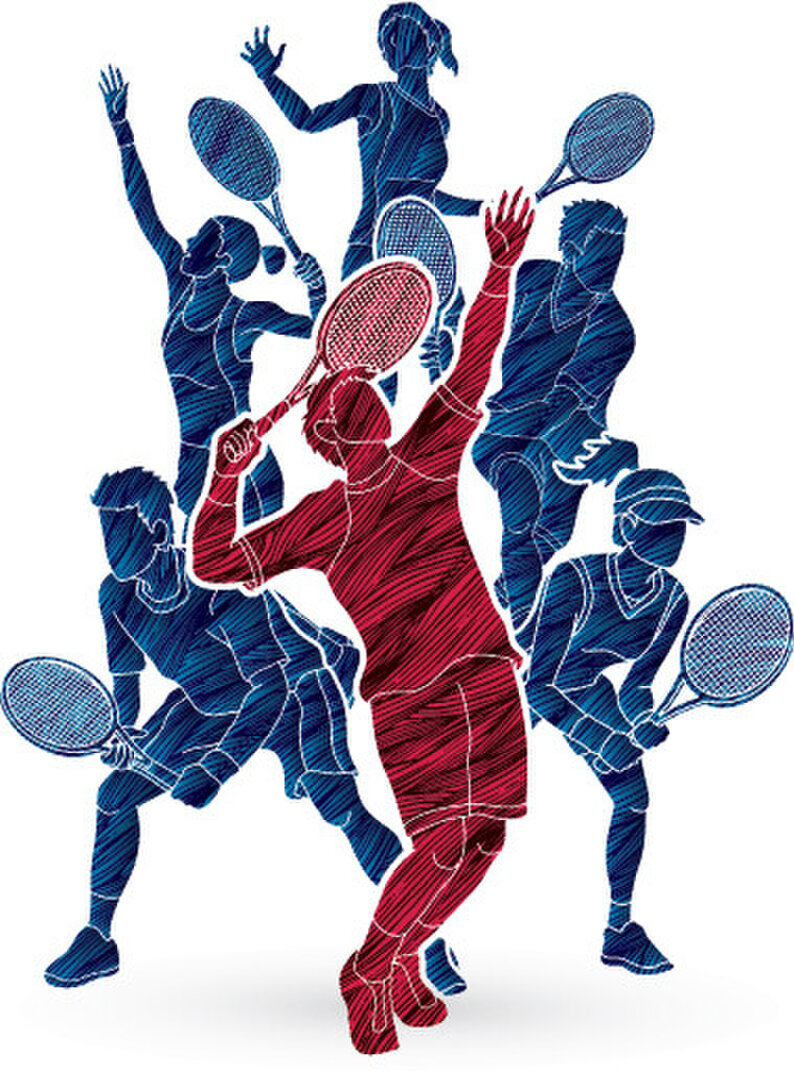What is Squash?
Squash is played by two players in a four-walled court with a small, hollow rubber ball and racket. Players alternate in striking the ball with their rackets onto the playable surfaces of the court, with the objective of making it hard for your opponent to play a valid return of the ball.
How to play squash
Squash is a racquet sport played by two (singles) or four players (doubles) in an indoor four-walled court with a small, hollow rubber ball.
The aim of the game is to take turns hitting the ball to the front wall, making the ball impossible to play, or forcing an error, from your opposition. The ball can only bounce once on the floor but can hit any of the other walls. After each shot you must try to get out of the way of both the ball and your opposition.
11 points are needed to win a game, with the best of three or five declared the winner of the match.
Squash is a technical game and players starting out are encouraged to seek support from an appropriate coach.
Squash Equipment
Having the right equipment will be important for success as using age and stage appropriate equipment will mean better results in a shorter time.
All you need to play squash as a racquet, a ball and some comfortable sports clothing, and non-marking shoes for the courts.
Oh, and also a big bottle of water and a towel - squash can be thirsty, sweaty fun!

Racquets
Squash rackets are considered to be an extension of your arm so it is also important to find one that fits. There are many aspects to consider: throat shape, frame profile, balance, weight, string type, grip, brand and price. We suggest looking around and find one that feels right for you.

Footwear
You'll be moving around the court at a quick pace, so it's important that your shoes give adequate foot support. We ask that you wear non-marking rubber soles that don't leave marks on the court.

Eyewear
You may wish to wear protective eyewear on court. Eye protection is mandatory in junior squash, doubles and when playing in competition. Eye injuries are rare, but best to err on the side of caution.

Clothing
Wear whatever you're comfortable in that allows you to move around the court, and ensure you have shoes with adequate foot support. You'll be working up a sweat, so light clothing is best!
One dot, two dot... squash balls explained
One or two dots? Yellow or red? If you've just started out in squash, the different squash balls may confuse you. In most sports, there's only one type of ball - suitable for beginners to top players.
Squash balls are unique, in that they need hitting for a few minutes until they 'warm up'. It is important you choose the right ball for your skill level so that the ball stays warm and lively.
There's different types of squash balls, and they're designed so you can play long rallies (at your level) and have fun on the court just like the pros!
- Intro - Blue Dot - designed for beginners. The Intro is 12% larger and has a 40% longer more bounce (hang time) than the Pro.
- Progress - Red Dot - designed for developing players. The ball is 6% larger and has a 20% longer hang time than the Pro.
- Competition - Single Yellow Dot - designed for intermediate players. This ball is the same as the Pro but has a 10% hang time.
- Pro - Double Yellow Dot - designed for advanced players. This ball has the lowest bounce.
The term 'hang time' means speed, which relates to how long the ball is in the air. It varies from very short through to very long. Experienced players = very short | Juniors = very long.
Understand the jargon
Knowing the 'jargon' of squash comes in handy. Here's a quick snippet for what things mean in the game of squash.
Serve
A serve starts the game by hitting the ball against the front wall.
Let
A let is called if your swing is impeded by your opponent and neither player wins a point.
Stroke
A Stroke is called if your swing is prevented by your opponent and you win the point.
Out line
The out line runs around the top of the court and if the ball hit this or goes above it then it is out.
Service line
The service line is on the front wall in between the tin and the out line.
Tin
The tin is the area below the lowest line on the front wall and if the ball hits this then it is out.
The T
The T is the area in the middle of the court where the lines meets.
Drive
A shot that is projected straight from the front wall towards the back wall.
Drop
A shot that is tapped lightly against the front wall to allow a silent and dead shot on the ground.
Volley
A shot that is played without having the ball touch the ground.
Lob
A shot that is struck softly, high on the front wall, with a high arc, the object being the placement of the ball into the back corners of the court.
Boast
A shot that is first played off the side or back walls.
Cross court
A shot that allows the ball to travel from one side of the court to the other.
Kill
A shot that is hit firmly and travels no further than half court.
Nick shot
Where the ball is played from the front wall into the angle between side wall and floor at the front of the court so that it rolls across the floor and cannot be returned.
The Rules of Squash
To make it simple, you hit a little ball against the front wall and try to make it bounce twice before your opponent can get there and hit it back. Like most sports the full rules are very detailed so to make it easy to get started, below is a brief summary of the rules of squash:
The service. The spin of a coin or racket decides who serves first and the winner chooses which side to start from. Play commences by hitting the ball directly against the front wall with at least part of one foot on the floor within the service box. The ball must hit the front wall above the service line and below the out line so that is reaches the floor within the back quarter of the court on the opposite side.
The return. The ball must be hit back to the front wall above the tin and below the outline before it has bounced twice on the floor. It cannot be hit twice, touch the body or clothing or bounce before it hits the front wall.
Play. After a good return has been made, players continue to return the ball alternately until one fails to make a good return or the ball ceases to be in play, in accordance with the rules. After hitting the ball, the player must make every effort to get out of their opponents' way. In doubles the ball must be hit by alternate teams rather an alternate players.
Let. A let is called if your swing is impeded by your opponent and neither player wins a point. In doubles there are more lets due to the safety of players on court.
Stroke. A stroke is called if your swing is prevented by your opponent and you win a point. In doubles it is more difficult to receive a stroke due to the nature of the game.
Scoring points. Matches are the best of three or five games. Each game is point a rally scoring to 11 (PAR 11). If the score in a game is tied at 10-10, a player must win by 2 clear points. Points can be scored by either player. When a player fails to serve or return the ball, in accordance with the rules, the opponent wins the point. When the returner wins a point, they become the server and add one to their score. In doubles it is sudden death at 10-10 with the winner of the next point winning the game with matches being the best of three.

